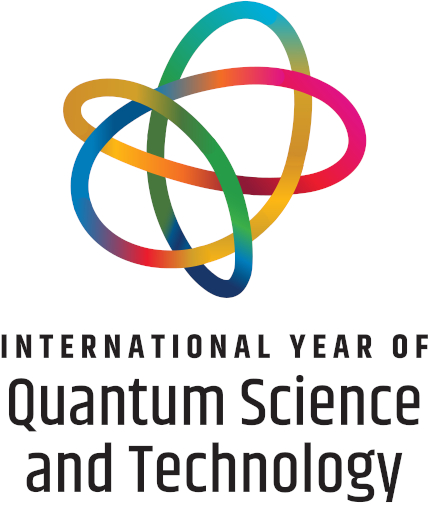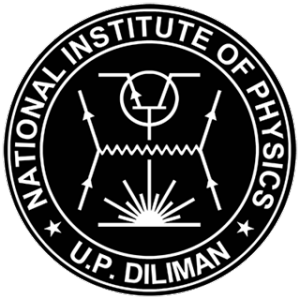Ultrafast dynamics of InN thin films
Abstract
The ultrafast dynamics of InN thin films grown on Si(111) subtracts has been studied by a time-resolved photoluminescence up-conversion apparatus. The time-dependent carrier temperatures were determined by the time-resolved photoluminescence.
The carrier dynamics of InN thin films have been intensively investigated recently due to the realization of high quality thin films and to its potential applications in high speed optoelectronics devices. The knowledge of hot carrier relaxation is the vital basis toward the development of high speed devices based on this material. Several groups studied experimentally the hot carrier relaxation using pump-probe apparatus and concluded that hot phonon effect and the plasma screening of electron-LO phonon interaction may account for the reduction of energy loss rates (ELR). In the present work, we show that the reduction of the ELR of carriers is significant and is due to the hot phonon effect using a time-resolved photoluminescence (TRPL) upconversion technique.
An InN thin film of thickness 2.2μm were grown on Si(111) substrates by plasma-assisted molecular beam epitaxy with double buffer layers of AlN and GaN of 82 nm and 94 nm, respectively. The InN thin film was illuminated by laser pulses of energy 1.5eV and of pulsewidth 150 fs. The TRPL exhibits very fast rise and decay within 4 ps at photon energy of 0.9 eV and becomes slow rise and decay at photon energy close to the bandgap energy. The TRPL spectra at different time delay were used to extract the time-dependent carrier temperatures. The carrier temperature drops drastically within the first 10 ps and then decay at much slower rate. We attribute the fast carrier cooling to the interaction of carrier-LO-phonon since it is the most effective process to release excessive energy of hot carriers. The effective LO phonon emission time τ0 was derived from the carrier cooling curves. We found that τ0 increases with the photoexcitation density. For photoexcitation densities of 7.5x1018, 4.5x1018, and 7.5x1017 cm-3, the effective carrier emission time of 116, 86, and 31 fs, respectively were derived. As the photoexcitation density reduces further, τ0 is expected to approach the theoretical prediction of 23 fs. Therefore, we conclude that the hot phonon effect, not the plasma screening of electron-LO phonon interaction, is responsible for the reduction of ELR.
Downloads
Issue
International Year of Light and light-based technologies
3-6 June 2015, University of Northern Philippines, Vigan City











